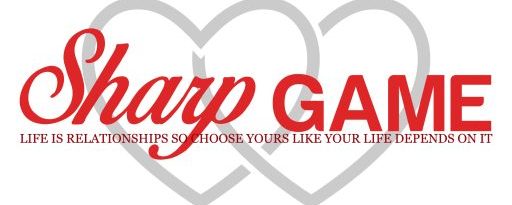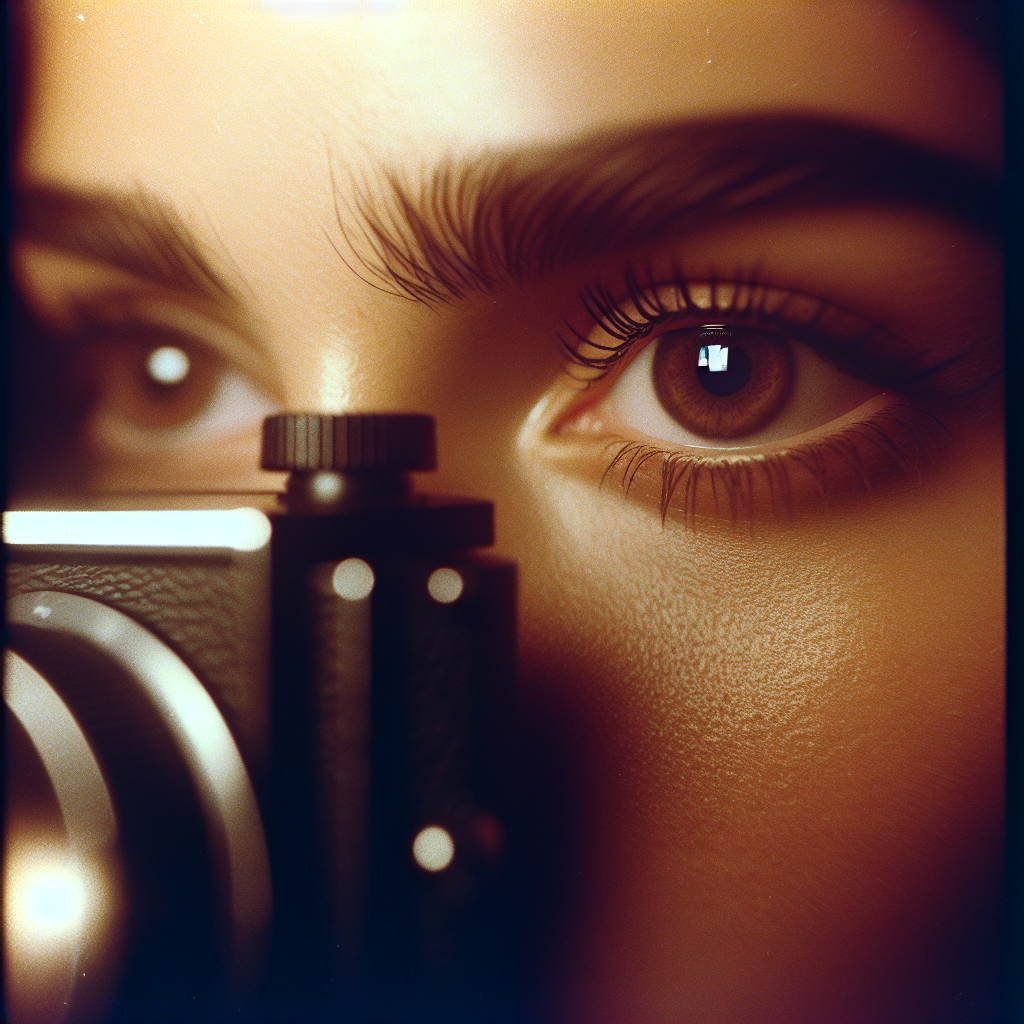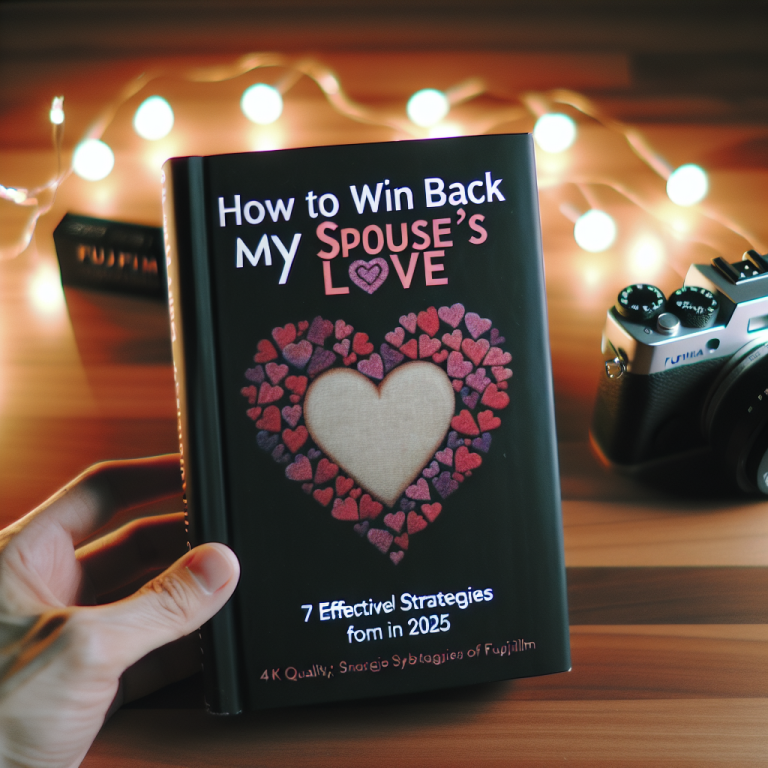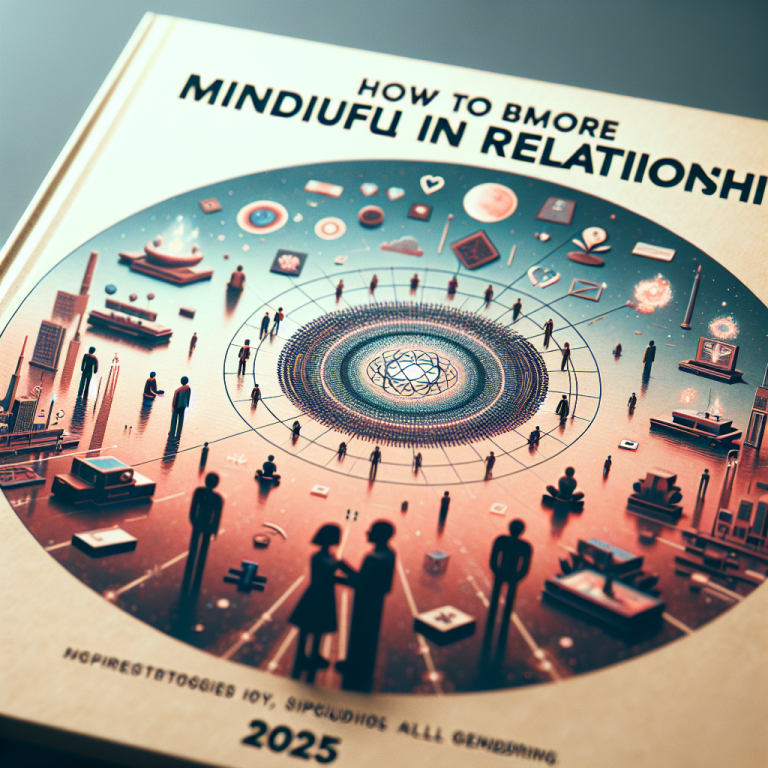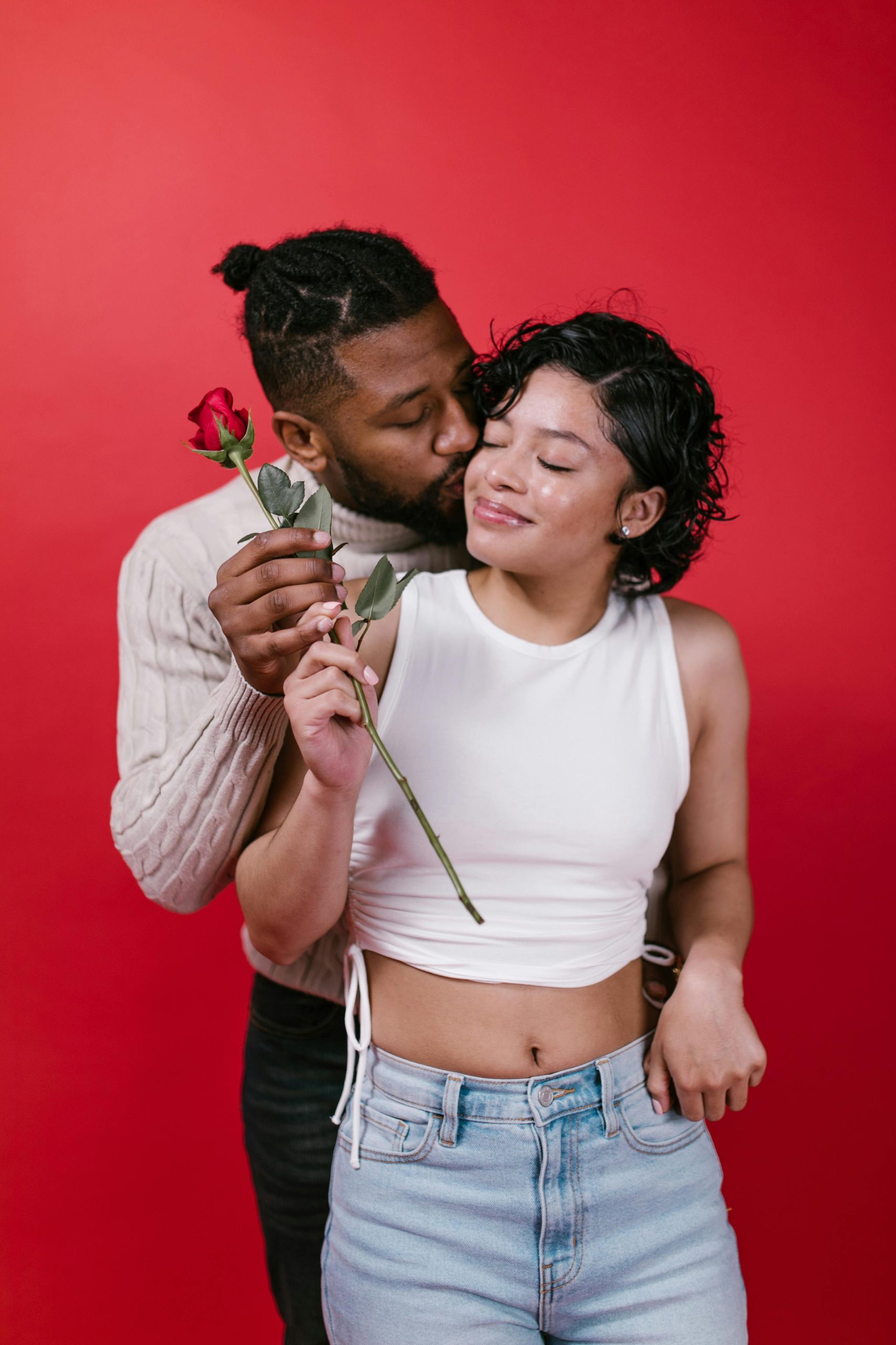The Psychology of Eye Contact and How It Makes You More Desirable
Understanding the Science Behind Eye Contact
What Happens When We Make Eye Contact?
Let’s start with the basics. Eye contact triggers a range of reactions in our brains. When we lock eyes with someone, our brains release oxytocin, also known as the “love hormone.” This chemical is critical for bonding and intimacy. So, each time you gaze into someone’s eyes, you’re not just communicating; you’re chemically connecting.
It’s a fascinating phenomenon. The greater the duration and intensity of eye contact, the stronger the emotional connection can become. From my observations, people often underestimate this subtle yet powerful form of communication. Just look at how two people can share a moment of joy or understanding without uttering a single word, all thanks to their eyes!
In social interactions, making eye contact can make you appear more confident and approachable. I’ve seen firsthand how sharing a sincere look can break barriers, especially in a crowded room where many are lost in their phones or chit-chatting elsewhere.
Why Eye Contact Is Linked to Attraction
There’s something inherently alluring about eye contact. Research shows that when two individuals share prolonged eye contact, it can create feelings of desire and attraction. I’ve had personal experiences where a simple gaze turned an ordinary conversation into something much more charged.
People often say that the eyes are the windows to the soul, and I believe there’s truth in that. A warm, inviting look doesn’t just draw people in; it increases that connection factor exponentially. I remember a time at a social gathering when I caught someone’s eye across the room, and despite the noise, it felt like we had our own little bubble.
Being aware of the rhythm of eye contact can help you navigate social scenarios more effectively. I’ve learned that the best way to express genuine interest is by maintaining eye contact while also breaking it naturally to prevent it from getting too intense or awkward.
Cultural Factors Influencing Eye Contact
It’s crucial to understand that the importance of eye contact varies across different cultures. Some cultures view direct eye contact as a sign of respect and attentiveness, while others may see it as confrontational. Having traveled and interacted with diverse groups, I’ve witnessed how essential it is to adapt to these nuances.
In places like the U.S. or Mediterranean countries, maintaining eye contact is seen as engaging. However, in certain Asian countries, too much direct eye contact could be perceived as disrespectful. I’ve learned that adjusting my approach based on my audience pays off in every interaction.
Being aware of cultural perspectives not only enriches my communication skills but also enhances the connections I form. To truly master the art of eye contact, I encourage people to do their research and pay attention to regional customs wherever they go.
The Role of Eye Contact in Building Trust
Eye Contact as a Trust Indicator
Trust is something that takes time and effort to build, and eye contact is a huge piece of that puzzle. When someone maintains eye contact with you, it frequently conveys honesty and sincerity. I’ve noticed that in both business and personal contexts, eye contact can quickly indicate whether you can trust someone.
I’ve been in many situations where I’ve had to gauge trustworthiness just by looking into a person’s eyes. There’s something so revealing about the connection during a staring contest—okay, not really, but you know what I mean! A steady gaze often speaks louder than words.
Admitting you might have trust issues? Don’t worry; you’re not alone! Making eye contact can be a stepping stone toward building that trust and connection with others. So, maybe the next time you’re in a conversation, focus on eye connection and take a leap of faith!
Creating a Safe Space Through Eye Contact
Creating comfort in conversation is crucial, and I believe this starts with eye contact. When I make sure to look someone in the eye, I can sense that they feel heard and valued. This has proven especially beneficial in tense situations where emotions might run high.
Through my trial and error, I have learned that balancing eye contact with friendly facial expressions, like a smile, can diffuse fear and anxiety. This combination helps create an inviting environment, encouraging open dialogue.
For instance, whenever I feel someone’s discomfort during conversations, I intentionally soften my gaze while also nodding to show understanding. It’s like an unspoken agreement that says, “Hey, you’re safe here.” Trust me, it makes a world of difference!
The Impact of Eye Contact in Romantic Relationships
When it comes to romance, eye contact is practically the holy grail of connection. In my own relationships, I’ve found that the moments of shared gazes—notable during intimate talks or fun activities—are often the ones that solidify bonds.
It’s not just that swoon-worthy gaze in a romantic movie; it’s about creating shared moments that linger long after they happen. I’ve seen how a simple look can convey a myriad of feelings—from love and attraction to desire, excitement, and even empathy.
Even in conflict, maintaining eye contact can be beneficial. It demonstrates a willingness to engage and resolve issues together. So, whether you’re locking eyes on the first date or navigating a tough discussion, embrace the power of eye contact!
Mastering the Art of Eye Contact
Practicing Eye Contact in Daily Life
Now that we know why eye contact matters, let’s talk about how to practice it daily. I started integrating eye contact into simple situations, like ordering coffee or chatting with coworkers. These small interactions are excellent opportunities to increase my comfort level.
I recommend starting with 50% eye contact in those everyday situations; challenge yourself! I found that it not only improves the conversation quality but also makes me feel more in control of my social contexts.
Remember, it’s all about balance. Too much eye contact can be intimidating, while too little can seem disinterested. So, work on finding that sweet spot where you feel comfortable while still engaging authentically.
Enhancing Eye Contact by Being Present
Being present in conversations is vital, and the best way to do that is through eye contact. I’ve discovered that genuinely focusing on the other person and their message makes eye contact more natural. When I’m truly listening, eye contact becomes effortless and meaningful.
It takes practice, so make a point to minimize distractions. I often find myself silencing my phone or, if I’m on a video call, looking directly into the camera. This simulates the effect of eye contact and helps deepen the connection.
Embracing mindfulness is like learning to ride a bike—initially tough, but once you get the hang of it, it feels exhilarating. By being present in conversations, I ensure that eye contact comes naturally without having to think too hard about it.
Overcoming Discomfort with Eye Contact
Finally, many folks struggle with eye contact due to discomfort or anxiety. It’s completely normal! I was once there myself. However, I found that gradually increasing my eye contact exposure helped me become more at ease.
Start small. Perhaps pick one person a day to practice sustained eye contact with for a few moments. Over time, that discomfort transforms into confidence. The more you practice, the easier it becomes, trust me!
Also, don’t forget; it’s okay to look away! I often break eye contact during conversations to gather my thoughts, and it provides a natural flow that makes the interaction feel more relaxed overall.
FAQs
1. What is the significance of eye contact in communication?
Eye contact is a powerful non-verbal cue that can enhance connections, convey interest, and indicate trust. It plays a significant role in both personal and professional interactions.
2. How does eye contact affect attraction?
Prolonged eye contact can increase feelings of attraction by creating an emotional and intimate connection between two people, often leading to a stronger bond.
3. Are there cultural differences in eye contact?
Yes! Various cultures interpret eye contact differently. While some see it as a sign of confidence and attentiveness, others may consider it disrespectful or confrontational.
4. How can I improve my eye contact skills?
Start by practicing in low-pressure situations, like chatting with friends or ordering at a café. Gradually increase your awareness and comfort with maintaining eye contact.
5. Is it okay to look away during conversations?
Absolutely! It’s healthy to break eye contact occasionally. This can help you collect your thoughts and keep the conversation flowing naturally.
